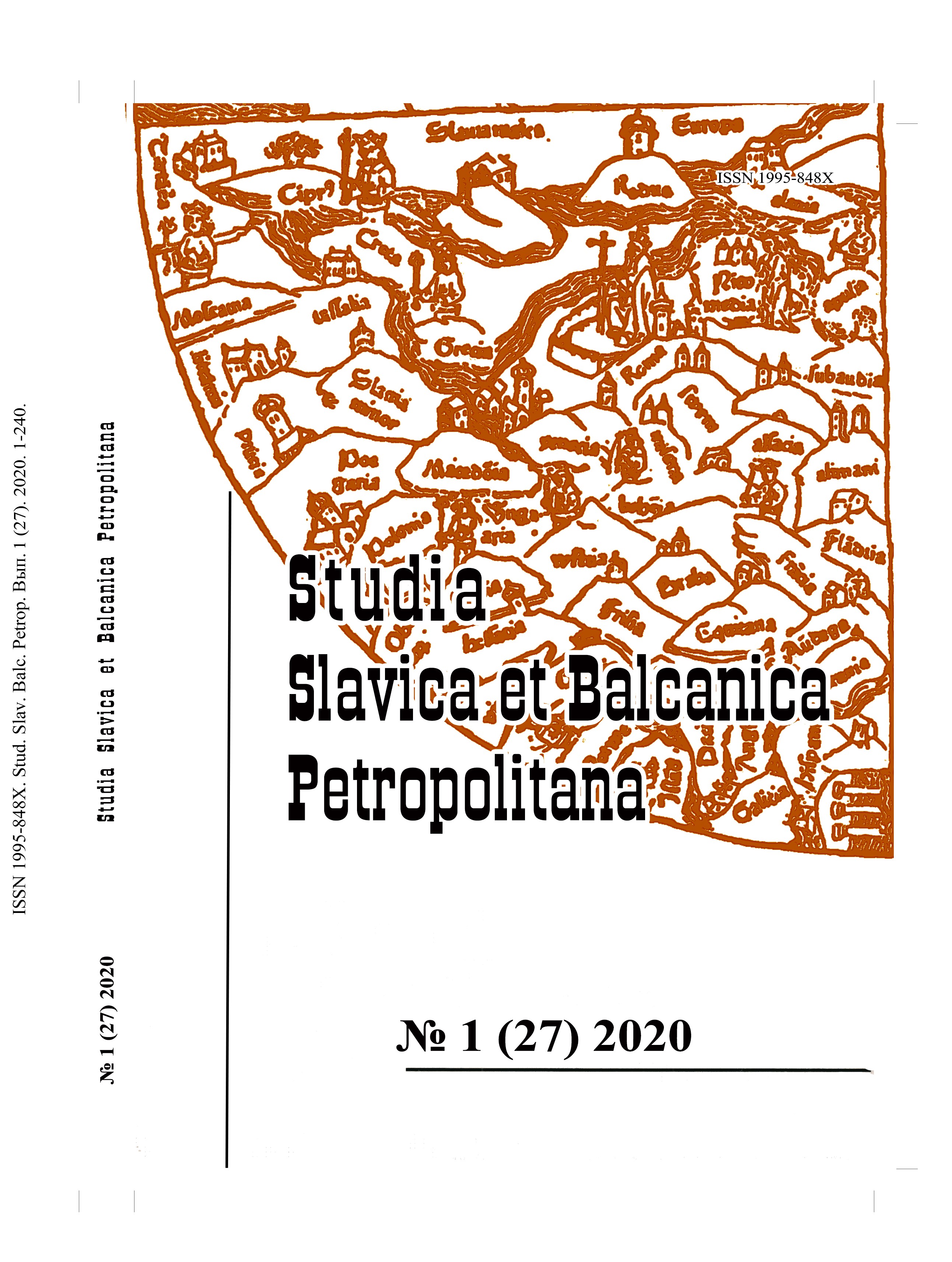Русь в перечнях народов «Повести временных лет» и вне их
Rus’ within and without the lists of peoples in the Primary Rus’ Chronicle
Author(s): Tetjana Leonidovna Vilkul, Sergey Lvovich NikolaevSubject(s): History, Cultural history, Ethnohistory, Russian Literature
Published by: Издательство Исторического факультета СПбГУ
Keywords: Old Rus’; medieval chronicles; ethnonym Rus’; politonym Rus’; ethnic categories; ethnicity
Summary/Abstract: Scholars usually try to clear up the origine of the word Rus’, scantly attending the peculiarities of distribution of this name within the Primary Chronicle. At the same time endless discussion concerning the meaning of the ethnonym Rus’ to a large degree bound to the complex textual history of the chronicle. There are many textual discrepancies in this compilation, which arose as a result of discord in its sources. Compilers of the Chronicle have at their disposal previous writings, oral tradition and the Byzantine texts translated into Slavic. Considering the mention of Rus’ as ethnonym and politonym, we can distinguish two kinds of records. First, Rus’ along with other ethnonyms occurs in several lists of peoples. Second, Rus’ appears alone in the Chronicle’s narrative. The aim of this paper is to explore the peculiarities of use of Rus’ in both cases. Rus’ alone is found mainly in the borrowings from the Byzantine sources and correlated with them texts in the chronical entries of the 9th–10th centuries. These are description of the campaigns against Constantinople and the treaties with the Greeks (about 60 mentions). While impact of translated texts onto the Chronicle is weakening, Rus’ alone appears from the last third of the 10th century also in the non-Byzantine narrative. Simultaneously, frequency of occurance is faded away: 11th and the beginning of the 12th century include about 15 mentions. Thus, it seems that the Byzantine texts, including the Chronicle of George Hamartolos, the Life of Basil the New, as well as the treaties with Greeks, contributed to preserve the ethnonym Rus’. A paradox is that the layer with the borrowings from Byzantine sources is believed to belong to the posterior constituent of the Primary Chronicle. As for the lists of peoples, which are found chiefly at the beginning of the Chronicle, some of them have apparently late origin, but others demonstrate unexpected depth of memory. The latter include enumeration of the descendants of biblical Japheth, inhabitants of the northern part of the universe, found in the Introduction of the Primary Chronicle. Early «Japhethic Lists» enumerate Fenno-Ugric tribes, followed by the Baltic and West European peoples dwelling along the Baltic sea on the way from the mouth of Western Dvina to the Scandinavian coast, and thence past England and Spain to the Mediterranean. Rome mentioned several times as the end of the journey, as well as some others details, might suppose a textual source or oral tradition preceding the Great Schism of the 1054. It is important that the lists of peoples demonstrate mess of use of the ethnonyms Rus’ and Varangians in the Chronicle, which overlap each other and demonstrate change of meaning.
Journal: Петербургские славянские и балканские исследования
- Issue Year: 2020
- Issue No: 1 (27)
- Page Range: 138-160
- Page Count: 23
- Language: Russian

